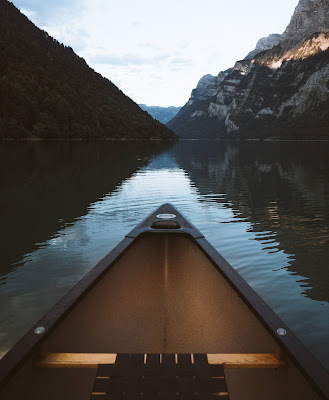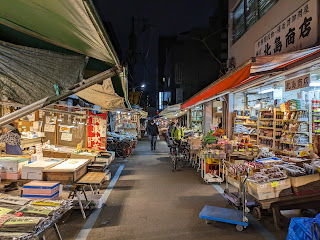What I learned in Tsukiji: Have seasonal fish🐟
One amazing thing about seafood in Japan is that it has its seasons.
A lot of people, even local Japanese ask for tuna and salmon but these are usually farmed and prices and taste are controlled to be stable.
But the real art of Tsukiji is that it follows its seasons.
The majority of seafood that comes to the main Toyosu market is wild seasonal fish.
From decades and centuries of eating seafood, the people here know when each seafood taste best and when it's more supply, which means lower cost.
Eat seasonal
- Suzuki Seabass(すずき)July August
Conger Eel(穴子): June July August
Eel (鰻) July August
Bigfin Reef Squidアオリイカ:June~August
Wild Rock Oysters(岩牡蠣)June~September
Scallops(ホタテ) May~August
イサキ:Japanese seabass (chicken grunt) June July
List of seasonal seafood in Japan
So, to start here is a calendar of the seasonal seafood of Japan I researched.
*This is a rough calendar. Timings fluctuate due to weather conditions, and also where the seafood is caught.
- Bluefin Tuna(本マグロ): All year depending on the region but December, January
- Southern Bluefin Tuna(ミナミマグロ・インドマグロ): July, August
- Golden Eye Snapper:(金目鯛): December, January, February
- Sardines(イワシ): June July
- Horse Mackerel(鯵)June July
- Mackerel(サバ)September October November
- Seabream(真鯛)November December February March April
- Monkfish(あんこう)December January February
- Codfish(鱈)December January
- Blowfish(河豚)November December January February
- Halibut: (鮃)Nov, Dec, Jan, Feb
- Yellowtail: (鰤)Nov, Dec
- Snow Crab: November December January February
- King Crab November December January February
- Salmon roe ikura(いくら)September~November
- Salmon(サーモン)All year
- Sea Urchin(うに)May~August
- Octopus(たこ)November~January
When you're in Tokyo, these are the typical Edo Seafood that's ideal to eat.
- Gizzard(小肌)August September
- Hamaguri Clam(はまぐり)All year but Feb~April tends to be best
- Conger Eel(穴子)June~August lean, October~December fatty
Interesting there are exceptions
Best Sellers are also farmed for stability
Best Seller Fish in Japan are seabreams, yellowtails, and tunas which are all used for celebrations.
In Japan, wild yellowtails are called "buri" and is a very popular, fatty fish to eat for celebrations.
It's so popular that yellowtails are farmed for stable supply, which is worldwide famous as "hamachi."
The wild ones tend to be higher in price, and supply and demand due to weather conditions fluctuate the price a lot.
To hedge this, universities and organizations have developed farmings to control the taste and the pricing of the seafood to be edible all year at a more moderate rate.
Now the farming techniques have developed so much that some people prefer the taste of the farmed ones.
It's important that the fish is sustainable and there are alternatives when the wild ones are in less supply.
Eat seafood seasonally!!
Back to what I wanted to talk about for today.
The wild fishes have its seasons.
It's better to have it when it's seasonal with higher supply, as it's more sustainable, economical, and obviously tastes the best.
Knowing the rough calendars of the best seasons to eat particular fish will help you to have the best bet on the fish to taste good!
It's another way for Japanese people to feel and engage with each season we have.
Where can you try the seasonal seafood?
Interested in trying seasonal seafood? I recommend going to Saito Suisan Fish Shop to try the best seller sda urchin and fresh oysters, but their seasonal sashimi.
They sell mainly seasonal seafood and many of them you can taste it in tasting size dishes for 500JPY. These wild fishes that are shipped from Toyosu main market are pricey to by the whole fish, but its good yu can taste them little by little!











Comments
Post a Comment